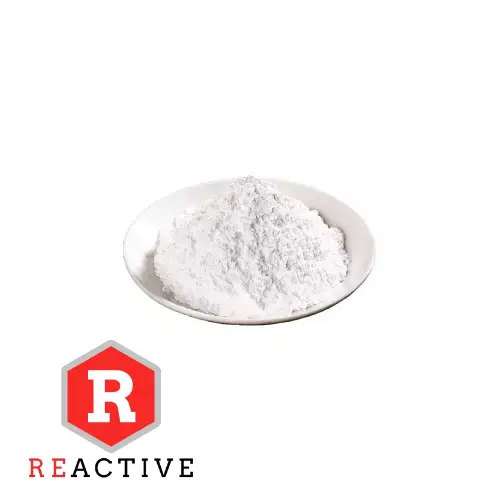Hebei Messi Biology Co., Ltd. stated that in the Meerwein-Ponndorf-Verley (MPV) reaction system of cyclohexanone and isopropyl alcohol, the impact of different surface properties of magnesium oxide on its catalytic activity was studied. The magnesium oxide used is prepared by several different methods:
The results show that compared with other oxides, the morphology of the material obtained by first hydrating industrial magnesium oxide and then roasting has higher alkalinity and catalytic activity. At the same time, the experiment also proved that the hydrogen on isopropyl alcohol is catalytically transferred to the magnesium oxide catalyst The efficiency is closely related to the number of base substrates in the oxide structure. Therefore, the more catalytically active sites on the surface of magnesium oxide, the greater the number of transferred hydrogens, and the greater the yield of new alcohols (cyclohexanol) and carbonyl compounds. Next, magnesium oxide in various particulate forms (nanosheets, nanodiscs, and nanofibers) was prepared by adding a small amount of surfactant in the hydrothermal synthesis to catalyze the reaction between benzaldehyde and ethanol (MPV). The results showed that the active matrix The total number and surface density are closely related to the morphology of the synthesized magnesium oxide, and nanosheets and nanodiscs show higher activity due to the large number of active sites on the surface.
Use industrial magnesium oxide as raw material to prepare magnesium oxide with better catalytic performance. In order to ensure the mechanical strength of the product, the hydrated magnesium oxide is further processed, extruded and dried at room temperature. In order to obtain a larger specific surface area, the material is heat treated in a reactor with high air flow. Before calcination, sample pretreatment (simplified sol-gel method) with a mixture of ethanol and water or methanol and water results in favorable structural changes (increased pore volume and diameter). In this way, a mesoporous magnesium oxide with a specific surface area as high as 307-397m2/g and a pore diameter above 20nm is obtained, which has excellent mechanical properties and unique alkalinity (isoelectric point close to 12).
Hebei Messi Biology Co., Ltd. stated that magnesium oxide is an important carrier for organic reaction catalysts. It not only provides a large amount of active substrates, but also improves the mechanical properties and thermal stability of the catalyst.

